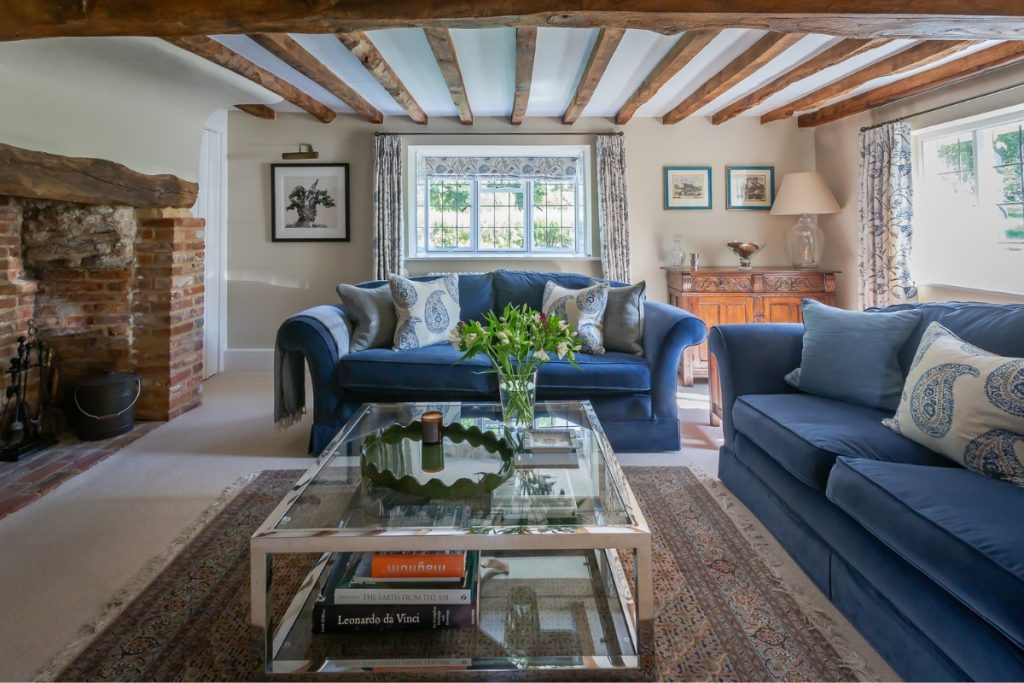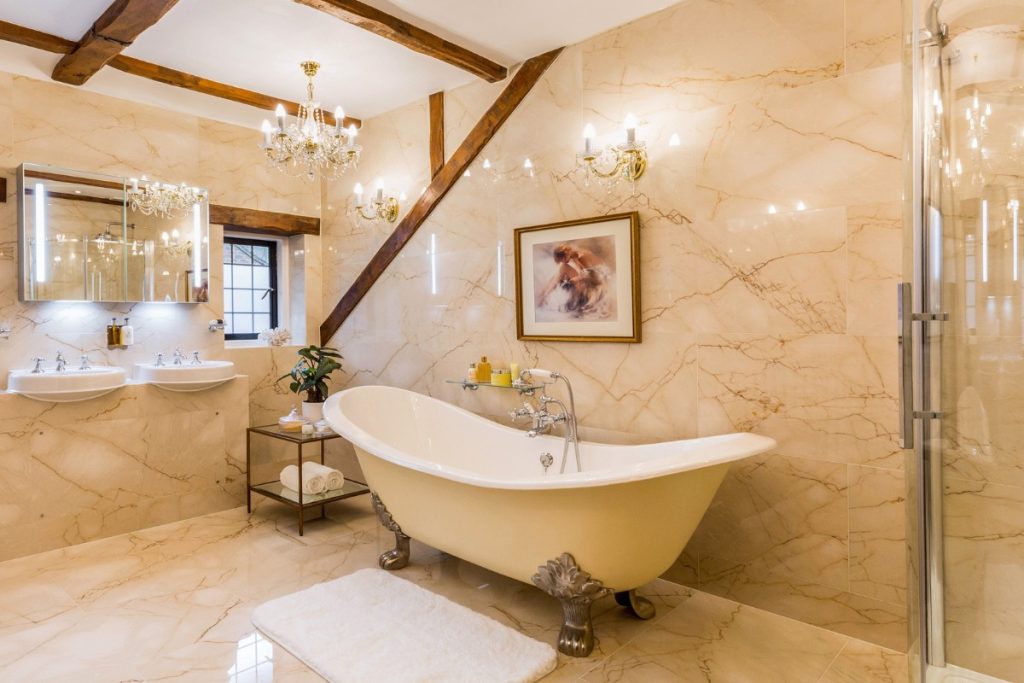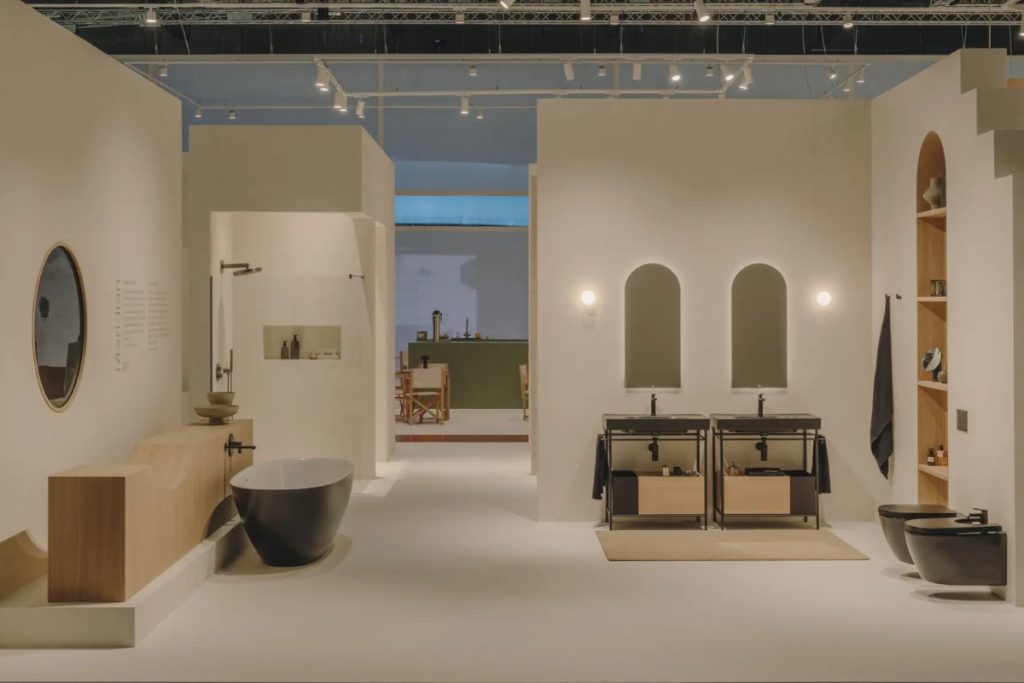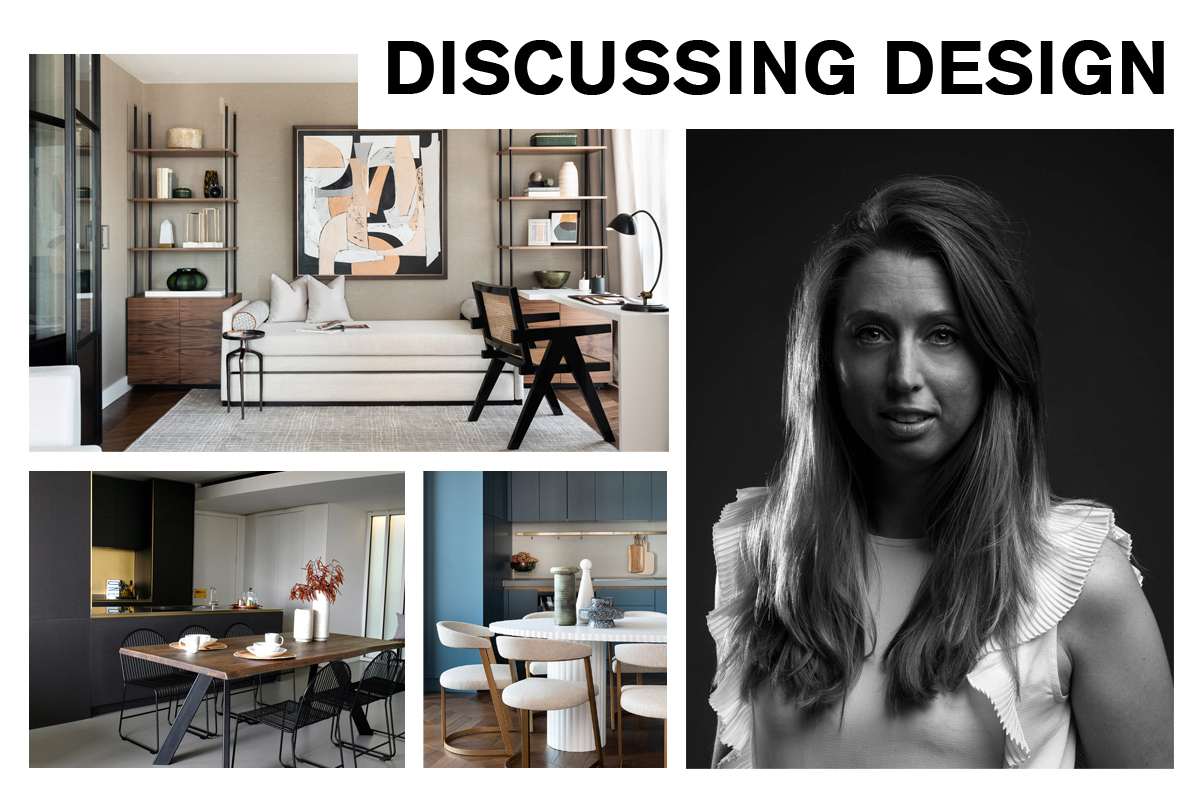 23rd April 2020 | IN EXPERT INSIGHT | BY SBID
23rd April 2020 | IN EXPERT INSIGHT | BY SBIDMeet Stella Gittins
co-founder and group director, Accouter Group of Companies
Stella Gittins is the co-founder of Accouter Group of Companies (AGC), London’s fastest-growing portfolio of award-winning international interior design companies. Creating the benchmark in luxury living, Accouter Group of Companies is home to Accouter Design, A. LONDON and BoxNine7 delivering world-class interior architectural and furnishing services to the private clients and the global property market.
With 15 years of experience mentoring and directing diverse teams within the field, Stella has spent the last seven building AGC into one of the best places to work in the property industry, as voted on multiple occasions.
Taking a lead creative role for the group, Stella is responsible for all aspects of the brand and design. She has published four bespoke books that discuss every corner of luxury life and feature the inspirations behind Accouter Design’s schemes and collaborations with iconic brands such as Rolls Royce and William & Son. The fifth publication is due to be launched in 2020.
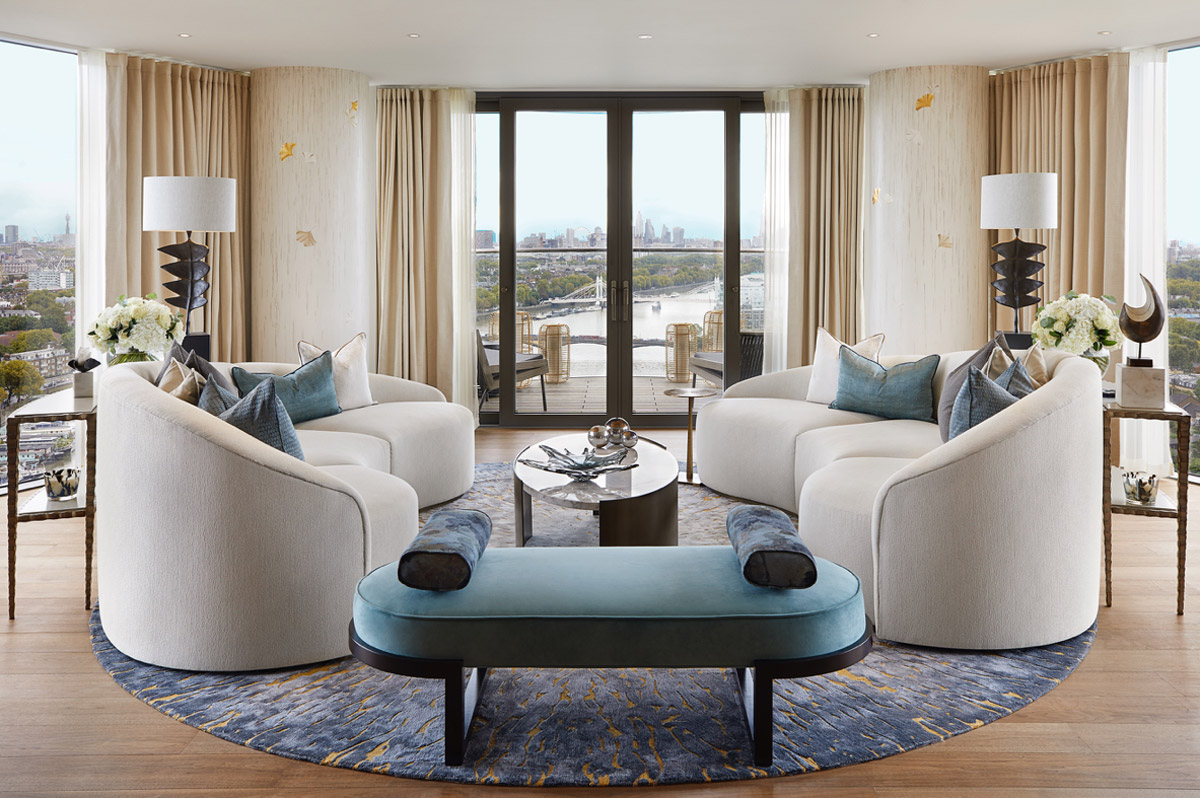
What are some of your secrets for designing a show home that will entice buyers?
There aren’t necessarily secrets, but there’s definitely a method. Designing schemes for private clients in houses they’ll live in themselves is a very different to creating show homes where the ultimate goal is to maximize the value of properties and make them extremely desirable for quick sales or lets. Our job is to ensure buyers or tenants immediately fall in love as soon as they enter.
We are storytellers providing a look into their futures. The easiest way to do that is to develop a design that projects a new lifestyle, spaces that let them imagine how they would live there and utilise each area. We analyse the best characteristics of the location and the kind of lifestyle buyers would expect given these features and the property value. For example, someone buying a property in Chelsea would have different expectations than someone living in trendy Shoreditch: where do they work, where do they shop, what do they read, what do they wear, what do they eat, where do they eat, and what is their social life like? The trick is to imagine who that character is. We brainstorm quite a bit to figure out who the person is that’s going to be walking in the door, and then develop a floor plan accordingly.
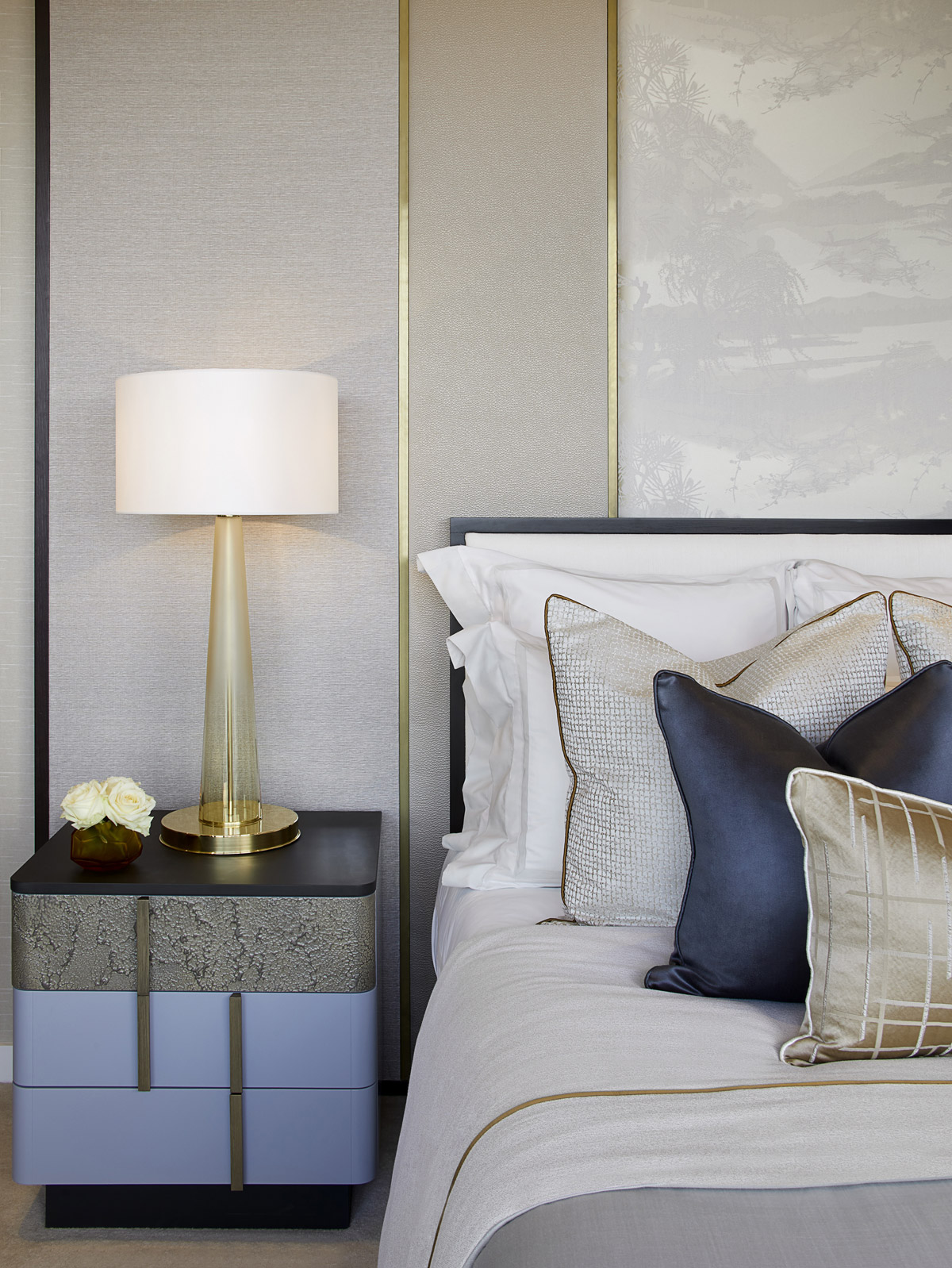
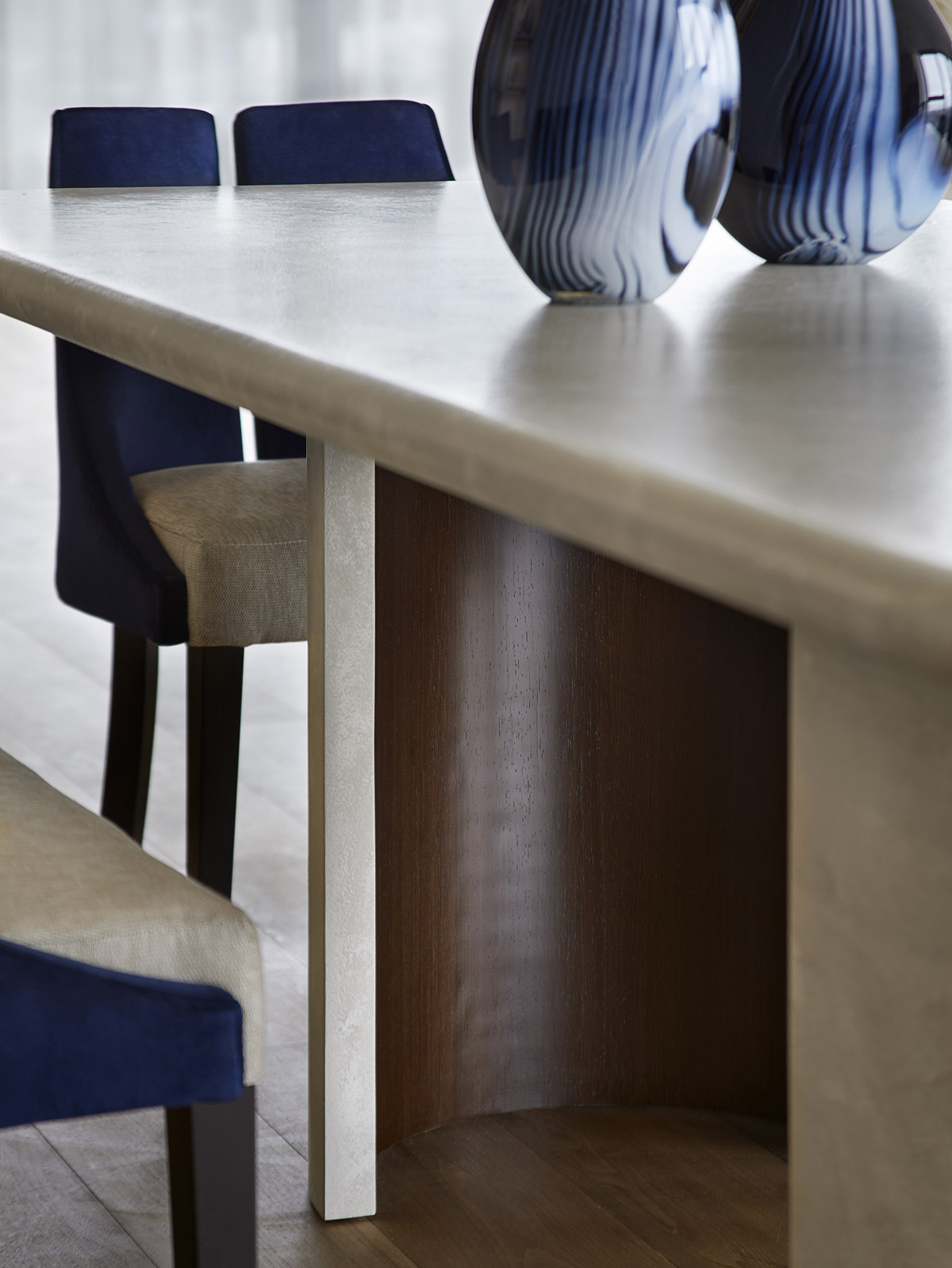
It’s a myth that you need less furniture in small spaces. The best solution is to create zones that each have their own purpose. People walking into a large home might think, “Oh, we don’t need furniture because the house is so big and amazing.” But actually, people get scared thinking about what they’re going to do in every single room. We have to provide ideas for what they’ll be doing so they can imagine how their lives would play out in the property.
We like to bring local elements into the rooms to create suggestions that potential owners or renters might get to know the barista in the independent coffee shop or support the neighbourhood bakery.
It’s also important to make a show home memorable. We don’t like to follow interior trends, not only because they might not be right for the area or the specific property, but also because they might not allow the show home to stand out. When someone spends only a little time in a place and then walks out, there must be something that causes them to remember it. For example, we incorporated many amazing antiques into an historic Chelsea Waterfront property by Lots Road in London, plus there was tailor-made furniture we designed ourselves. In one corner was an organically shaped loveseat that would inspire someone to think it was an amazing space. Or it could be an incredible headboard fabric that catches the eye because it’s just a little bit different.
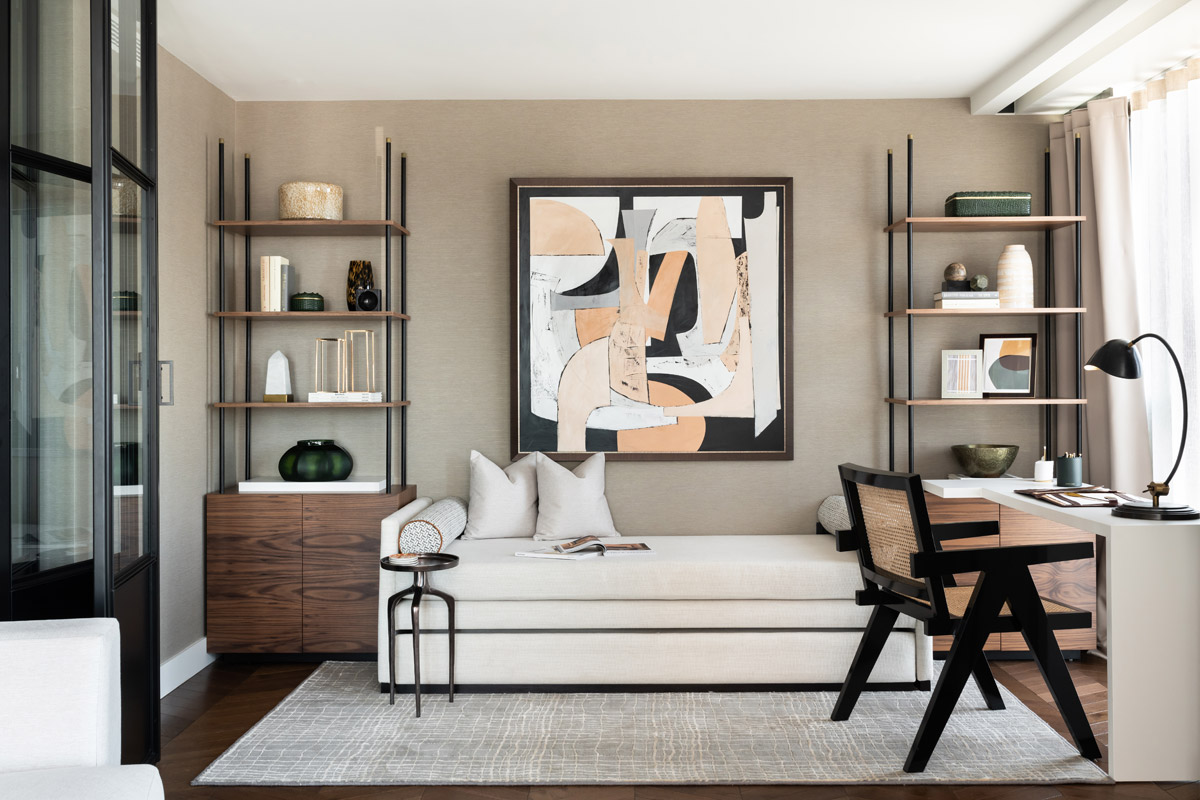
How is design evolving in response to lifestyle changes?
Without a doubt the biggest influence is sustainability. In fact, we publish a book every year and this time it’s entirely centred around this subject. Everyone is becoming more environmentally conscious, including in their interiors. It’s not just a trend, it’s something for life that people are really becoming quite aware of in their homes’ designs. We use a lot of antiques where we can, and people are getting more into upcycling. Our companies are working towards ISO 14001 accreditation, so we’re looking how furniture is packaged in the warehouse, how can we offset our carbon footprint, our paper usage in the office, all those types of things.
Our book also explores how the luxury market is evolving with Bentley, Lotus and Tesla producing electric cars, not just lower-end manufacturers. Sustainability is also affecting where people go on holiday, whether the 1 Hotel in Brooklyn or the world’s first “energy positive” hotel being built in Norway.
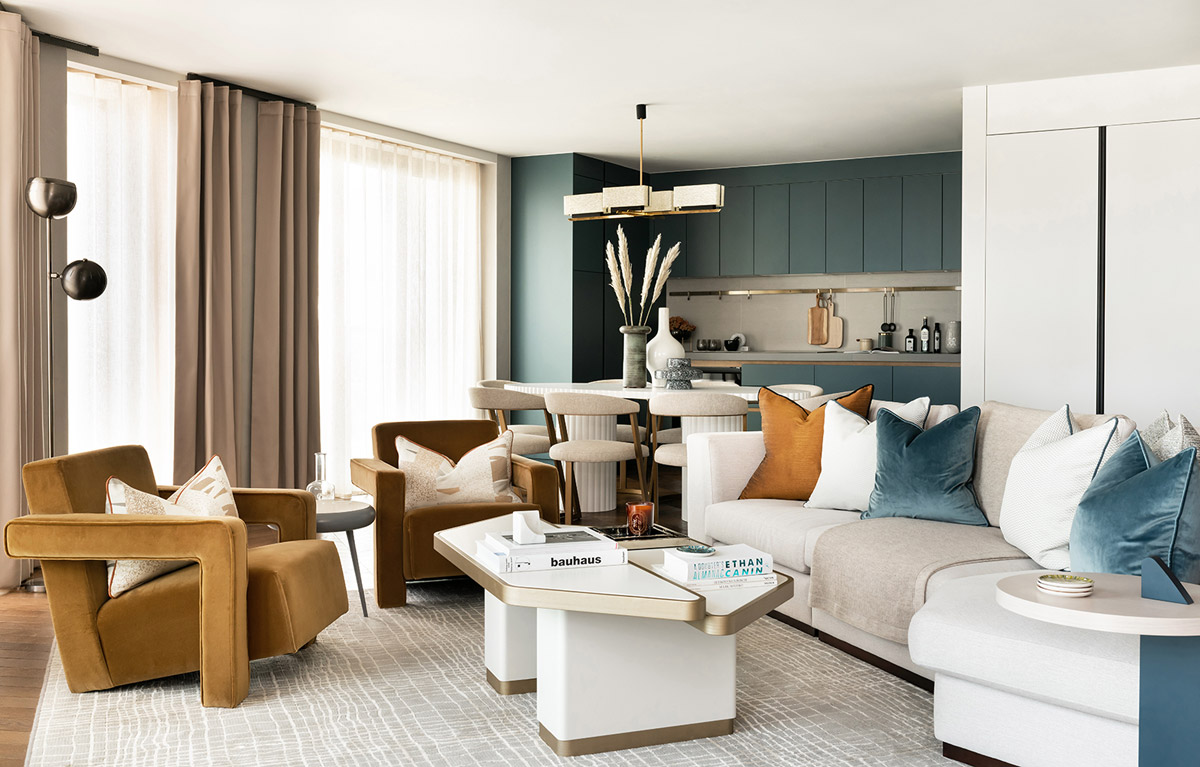
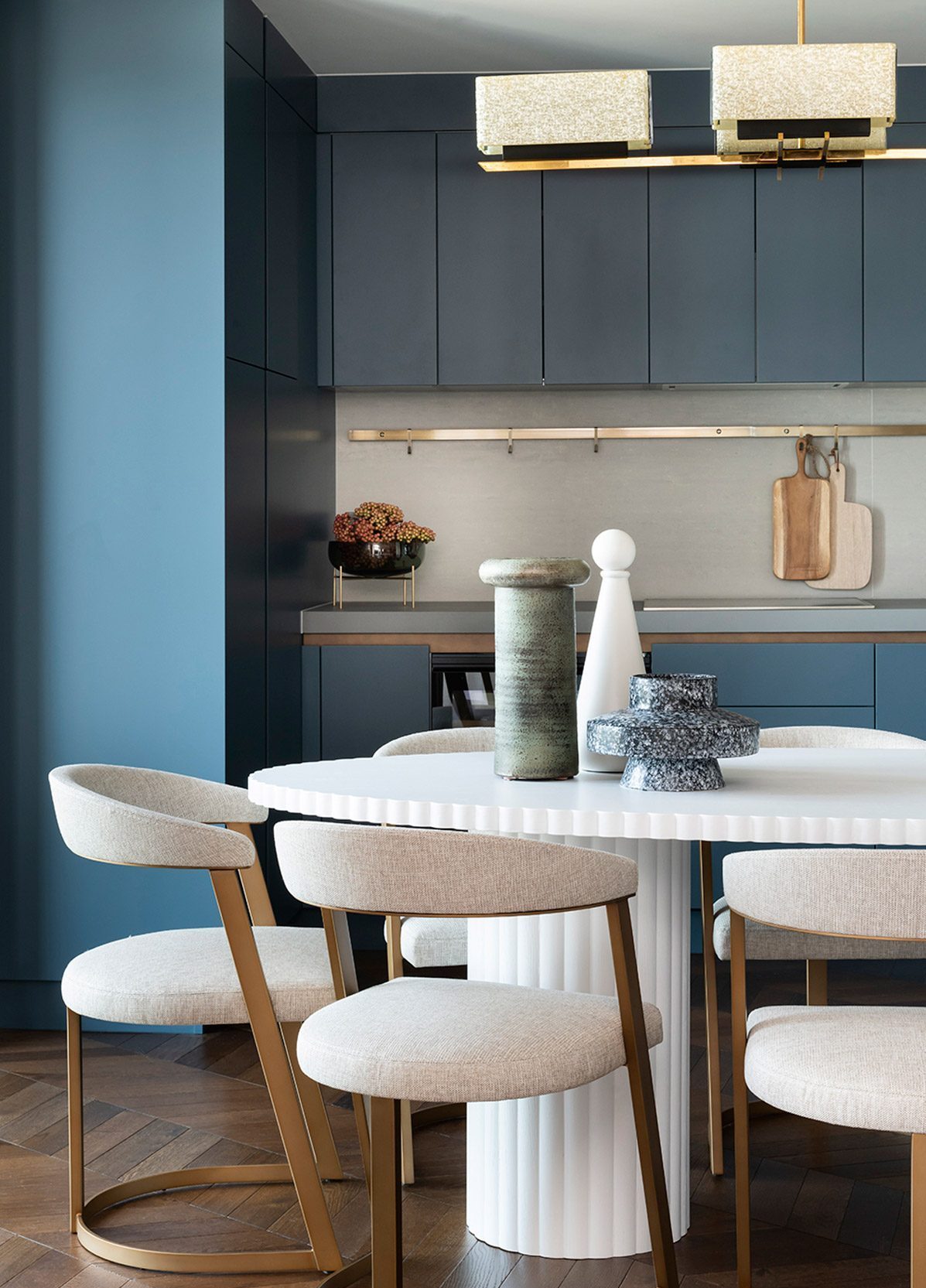
Interiors and fashion tend to change side by side, with people investing a bit more in higher quality pieces that last over time. Rather than following trends, our designs for private clients are more timeless with items people will keep for generations. Across all our brands, we try to incorporate old forms of craft as well as things made in the UK, for example art by Nat Bowen who layers resin on recycled acrylic. At our Chelsea Waterfront project, she hand painted gold leaf directly onto the walls. It’s an amazing skill to have because she only gets one chance to do it. But again, it’s not mass manufacturing. It’s just her. We also work with Jennifer Manners who designs amazing rugs made from recycled plastic. Our goal is to think about our projects’ environmental impact and how we can make them sustainable, because it’s important to everybody. And if a developer sees this as a selling point, we can also make it part of the marketing brief for a show home. I think we’re going to see this more and more, and it’s something we push them towards.
Other factors include the growth in healthier lifestyles and the need for convenience. I recently designed a five-bedroom property with timber floors so that a room could be changed into a gym in the future. Its ensuite bathroom was designed like a spa, and its landscape contained a Zen garden.
Our market is very international, and our clients may only stay in their London homes from one week to a couple months per year. So we need to think about full turnkey packages for them, including what bed they’ll sleep in, their sheets, their towels. We make sure they have all the elements needed to live in their homes.
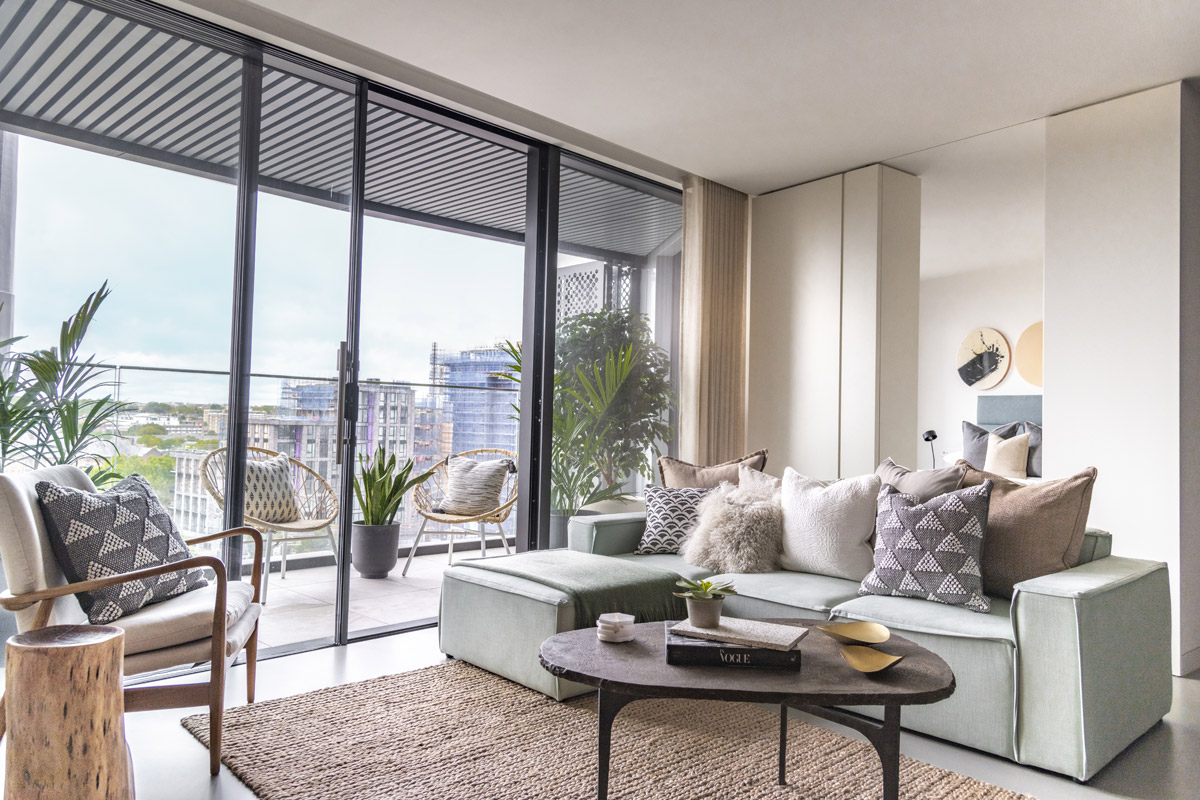
How do you feel about young Instagram design stars who have large followings but don’t know how to write a spec?
Ultimately, everyone has to start somewhere, and I have no concerns about people promoting their passions especially if it helps the design industry. I follow some people myself – but there are different tiers to design.
A lot of these Instagram stars are more into styling, which is one of the hardest things to be trained in because it’s subjective. You don’t necessarily need a qualification to be a stylist because some people just have a natural eye. Some of the best designers aren’t always the best stylists.
It is possible to be an Instagram design star who is good at dressing an interior. However, if they want to evolve that passion into a profession, it’s important they have the correct skillset and training behind them. Being an interior designer and interior architect is very technical. I wouldn’t mobilise a team to work with our clients that didn’t have the correct skills or support.
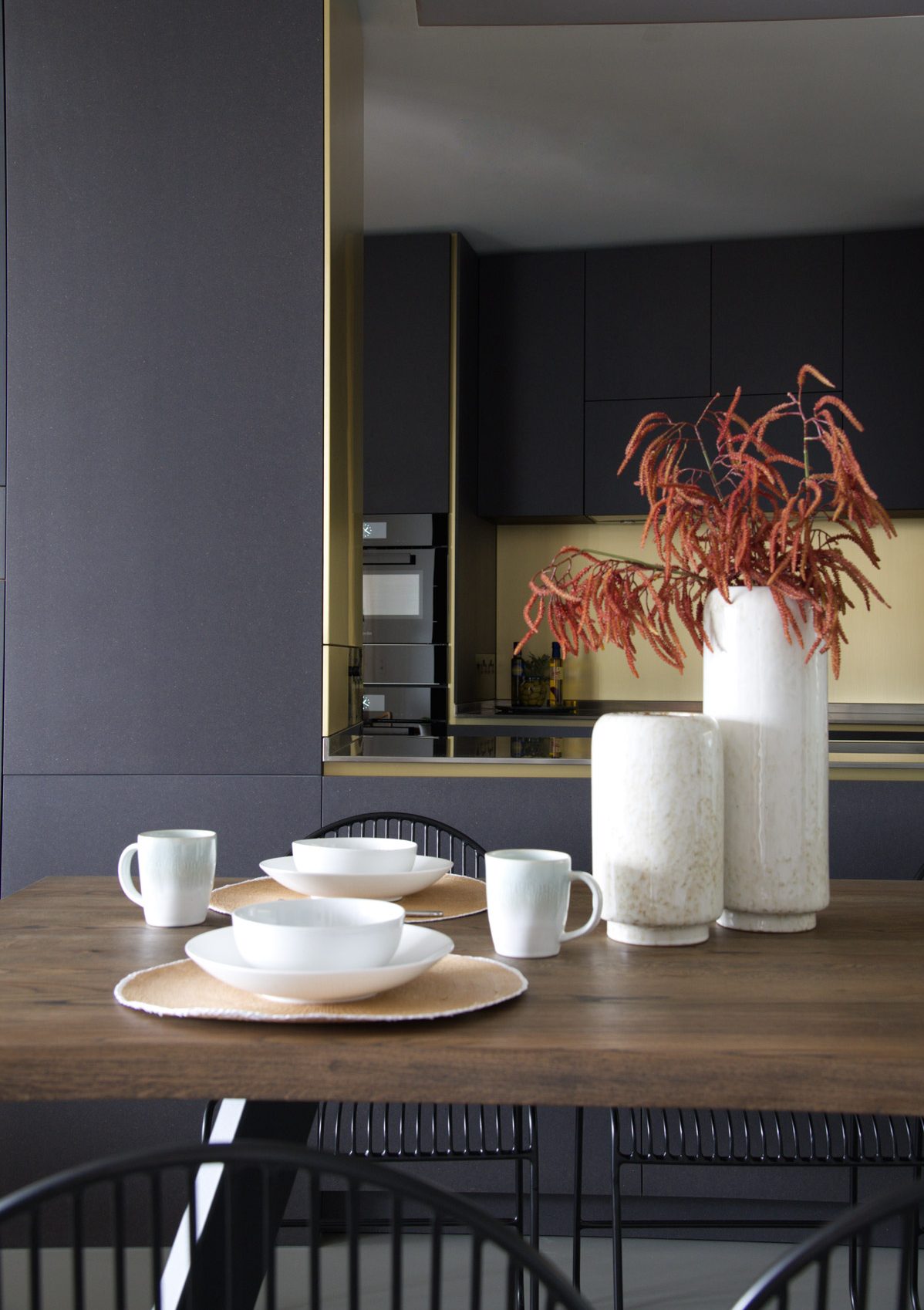
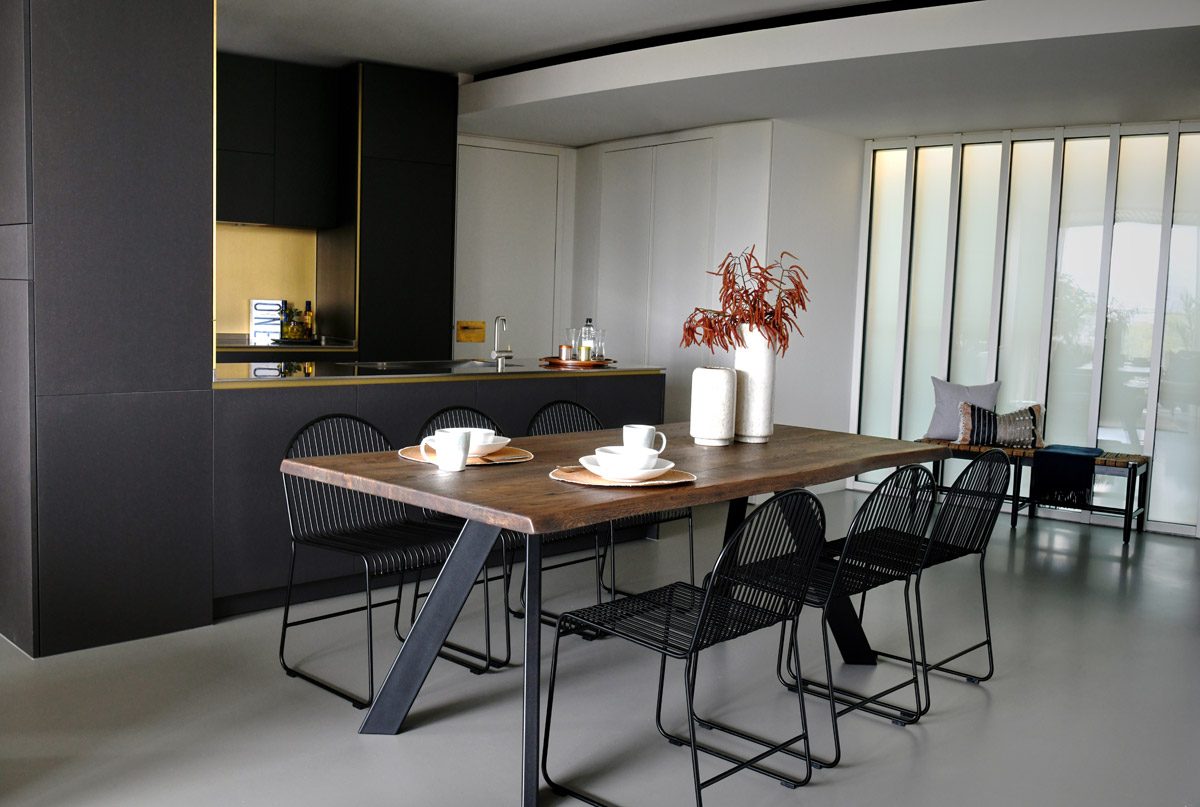
When working with developers, you don’t have carte blanche to design whatever you want. What are some examples of when you didn’t get your way, and how did you reach a compromise?
Designers can be very passionate about their designs, and developers can be very passionate about what they want. That’s why the briefing stage is so important. The way we overcome it is to always show clients what they want, because they want to know we can deliver what they asked us to do. But if we are passionate about another direction, we need to share our suggestions and try to inspire them in some way. Then the debate starts. It’s about saying, yes, we can do what you want, but actually, this is what we recommend. We constantly try to encourage clients out of their comfort zones. For example, in a recent show home, the developer was extremely keen to have artwork that reflected the view, while as designers we wanted something that would contrast. The compromise was an abstract piece that hinted at the form of the buildings around the area. Some of the larger developers have a bigger track record and their own “look” because they have a clear idea of their target market. So this is when we go back to basics, have a bit of a debate, and meet somewhere in the middle.
Stella is one of the prestigious experts invited to join the extraordinary jury for the SBID Product Design Awards, alongside other renowned professionals across industrial and interior design, brand development, architecture, educational research and forward-thinking enterprise.
Click here to view the full judging panel.
The SBID Product Design Awards 2020 entry deadline has been extended!
To find out more about entering, visit www.sbidproductdesignawards.com
